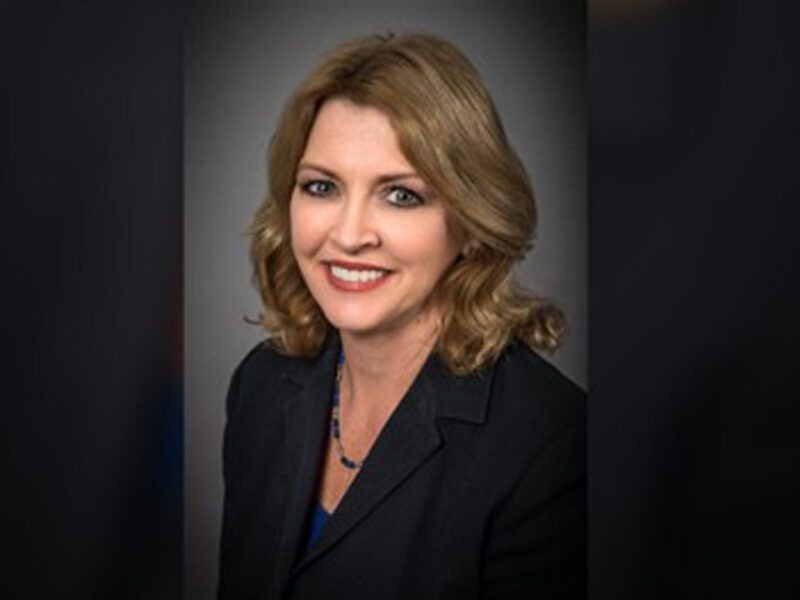The Continued Importance of Professional Development in K–12 Education
The full implementation of technology solutions isn’t possible without training and guidance for educators. Here’s why, and how districts can approach continued PD.
EdTech | By Corey L. Gordon | January 4, 2022
Professional development builds character and confidence in K–12 educators. When PD focuses on educational technology, it allows educators to seamlessly integrate the tech tools into their classrooms, lesson plans and overarching pedagogy.
At the onset of the pandemic, educators learned to use ed tech because there were no other options for teaching their classes. Now that they’re back in classrooms with students, they should continue integrating these tools and technologies into their learning strategies, and schools must prioritize continued PD.
Fear of inadequacy plays a large role in preventing full tech implementation in the classroom. Educators are able to use technology more frequently and more meaningfully when they understand how it works. Professional development opportunities will build their technical skills, thus expanding their adaptive skills.
Without purposeful professional development, there are very few cases in which educators will pick up new tech on their own and become adept at using it in the classroom. If districts purchase tech without a clear and concise plan on how to integrate it into the instructional model, devices will remain in their boxes unused.
Plan Continued PD That Educators Want to Receive
Schools shouldn’t stop investing in technology simply because students have returned to classrooms. Instead, they should broaden their expansion into technology and support students’ and families’ understanding of its impact. The devices, platform applications and other solutions acquired for remote learning will continue to benefit students in person.
Thankfully, there are numerous avenues through which educators can receive training on the new technology investments their districts make. For example, many vendors offer PD; CDW•G has partnered with those vendors and offers additional guidance through our team of educational strategists.
These professionals can help districts around the country with tech implementation and integration plans, and thanks to their varied backgrounds, they bring different perspectives to the conversation. An educational strategist who previously worked as a district administrator will consider implementation from the point of view of school improvement and academic recovery. A former CIO might have a better perspective on how the tech works on the back end as well as the front-end experience for users.
Timing and location are key considerations for continued professional development. In-person PD offers the benefit of limited distractions, whereas online often does not.
However, in-person PD is not always feasible. So, when possible, be sure online PD is concise. Educators don’t want to sit through a lot of fluff. They want the content, a few real-world examples and perhaps time to talk about it with their peers.
Following up on any ed tech PD is also important. Watching how educators use the technology allows for feedback and helps create an overall better learning experience for students.
How to Increase Engagement in Continued PD
Perhaps the best way to encourage participation in any new educational technology is to have buy-in from building administrators. They should be hands-on and all-in when it comes to new tech and the training needed for implementation. This encourages educators to learn and adopt tools more quickly and easily.
For a K–12 IT leader, one of the best ways to get buy-in from principals and vice-principals is to connect the technology to their academic improvement plans, talk about how it will benefit students and demonstrate how it can support tiered interventions and differentiated instruction.
Even with admin buy-in, most educators don’t have time during their planning period or after school to sit through PD. Instead, there should be designated time set aside for professional development. New York City, for example, has built-in professional development time on Mondays. Many large districts have similarly dedicated time for PD.
Continuing education credits provide another incentive for teachers to attend PD, and are especially helpful for those who are doing recertification, saving them time and showing them that they are valued.
As ed tech continues to evolve, professional development should expand with it. Without PD, administrators and educators won’t have the skills needed to make the best use of the district’s tech investments.






